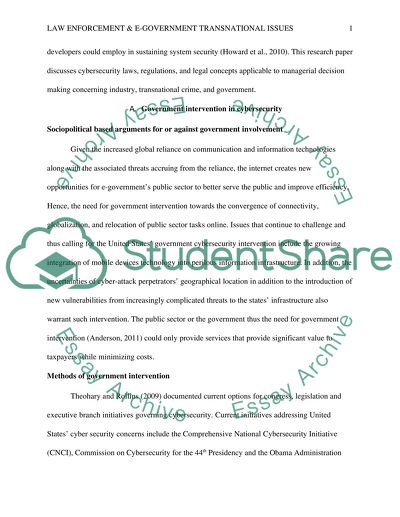Cite this document
(“Law Enforcement and E-Government Transnational Issues Research Paper”, n.d.)
Law Enforcement and E-Government Transnational Issues Research Paper. Retrieved from https://studentshare.org/information-technology/1467696-law-enforcement-and-e-government-transnational
Law Enforcement and E-Government Transnational Issues Research Paper. Retrieved from https://studentshare.org/information-technology/1467696-law-enforcement-and-e-government-transnational
(Law Enforcement and E-Government Transnational Issues Research Paper)
Law Enforcement and E-Government Transnational Issues Research Paper. https://studentshare.org/information-technology/1467696-law-enforcement-and-e-government-transnational.
Law Enforcement and E-Government Transnational Issues Research Paper. https://studentshare.org/information-technology/1467696-law-enforcement-and-e-government-transnational.
“Law Enforcement and E-Government Transnational Issues Research Paper”, n.d. https://studentshare.org/information-technology/1467696-law-enforcement-and-e-government-transnational.


